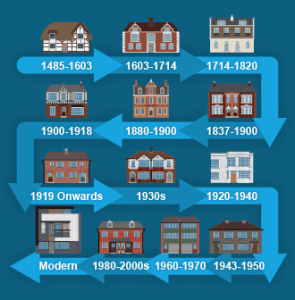
What Period is my House from?
The first step in getting to know your house is to find out how old it is. As your own house detective, you will want to know when was it built? Some older houses hide a long history; a medieval house has perhaps been 're-skinned' with Georgian brickwork, extended in the 1850s and again in 1920. Victorian and Edwardian houses are less likely to have seen such radical change.
How to date your house
- Use a date plaque or mark
- study the architectural features
- look at a street directory in your local history library
- research the original owners of the land
- read the registers of electors
The most reliable method for dating a house is to use street directories, usually available at local history departments of local libraries. By looking for the first reference to the building, perhaps even 'Vacant', you can prove that the house existed by that year. You can also use the register of electors. Beware of the compilation dates of each of these sources. The census records, currently available for 1891, 1881 and previous decades can be used for an approximate date.
Another source of information may be the original owners of the land; this may have been, for example, a religious trust or a member of the nobility. This information may be on the deeds or referred to in a local history book. If this information is not available, or you just want an approximate date, unless there is a date mark on the house or a similar neighbour, you will have to resort to the style of the building.
Some houses have a recognisable style; they have clear Georgian, Gothic or Arts and Crafts features, for example. These will give you broad date ranges. But many buildings, particularly more modest houses, have an eclectic mix of features. These are dateable by looking at individual elements. For example, red brick frontages began to appear in the 1880s, becoming common to most standards of house only in the 1890s.
Focussing on the overall style gives an unreliable date; some styles such as Queen Anne were popular for long periods, and others came and went in popularity. When analysing buildings, consider the following:
- walling material, shape, coursing, jointing, finish
- roofing shape
- detail at verge
- detail of the eaves
- roof material, method of laying
- ridge
- chimney position
- water tabling
- dormors, position & shape
- plan form
- sectional form
- staircase provision
- window shape
- window frames
- door shape
- door details
Housing Period Examples

Tudor
1485 - 1560
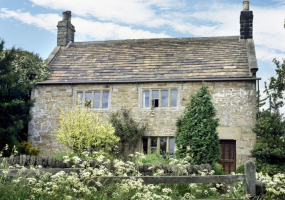
Stuart
1603 - 1714

Georgian - 1714 to 1830
Reigns of King George I, II, III and IV

Early Victorian
1830 - 1850
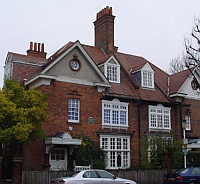
Mid Victorian
1850 - 1880
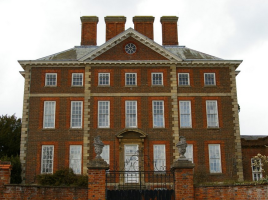
Queen Anne
1880 - 1901

Edwardian
1901 - 1918
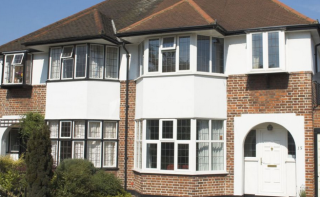
Early 20th Century
1920's or 1930's

1970's
1970 - 1979

Modern New Build
1980 - 2000

Modern 3 Storey
2000 - Present

Minimalist New Build
2010 - Present
Work Guarantee
All work undertaken by C. Stevens Roofing is covered by clear, written guarantees including workmanship and material, to give you added confidence. Our guarantee is backed by a long established reputation in the business and is respected and valued by works professionals throughout the county.
Insurance Guarantee

HomePro Insurance Backed Guarantees helping you to protect your investment. Although home improvement is one of the safest forms of financial investment, there is one pitfall that can be overlooked.
Most contractors issue a guarantee for the work they have undertaken, we are no different. However, thousands of contractors cease to trade each year.
If your chosen contractor ceased to trade HomePro will match the terms of the contractors original guarantee.
